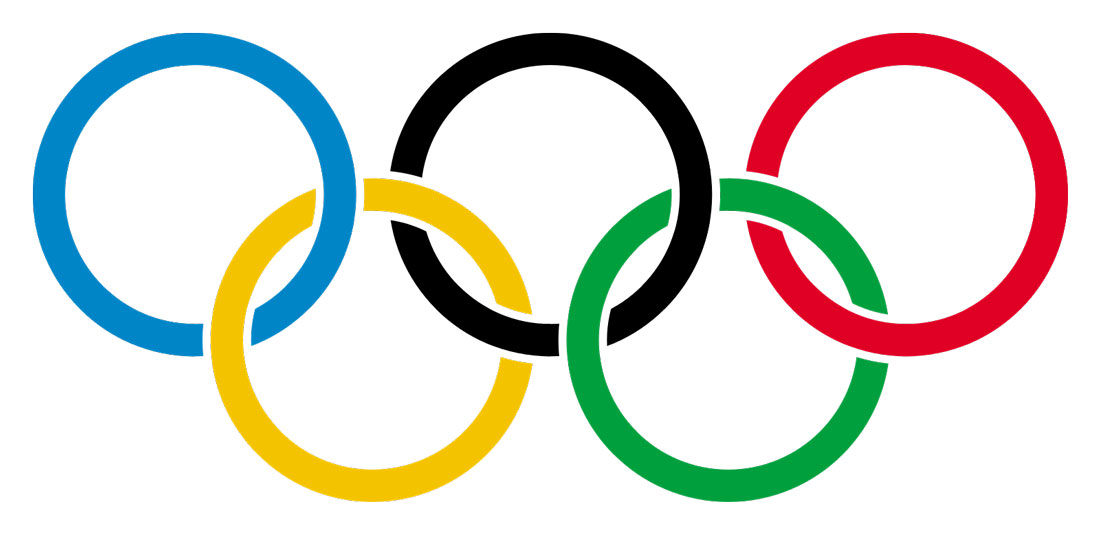Four days out from his first race in the U.S. Olympic swimming trials, Connor Jaeger arrived in Omaha earlier than usual to give his body time to recover from the stress of traveling.
How did the Olympian know he needed a couple of extra days to compete at his best? An application called WHOOP told him so.
Jaeger and several other Olympians are taking advantage of fitness tools, such as WHOOP, that help them prepare for the Rio Games by measuring their bodies’ stress and strain and making recommendations for training adjustments to maximize peak performance.
“The biggest thing that technology brings to the sport of swimming is it just provides the athletes and the coaches and the rest of the staff a report card,” said Keenan Robinson, head athletic trainer for USA Swimming at the 2016 Olympics. “It just gives you a sense of the body’s ability to adapt and absorb stress placed upon it.”
The WHOOP wristband constantly monitors athletes’ vitals, including heart rate variability, sleep performance and accelerometry — an objective measurement of physical activity. Daily data explain how much strain athletes can put on their bodies based on previous workouts and recovery.
For Jaeger, who started using WHOOP in December, understanding his fatigue was a key component in qualifying for Rio in the 400- and 1,500-meter freestyle in the trials.
In Los Angeles in March, Jaeger — who trains with Club Wolverine in Ann Arbor, Mich.— received feedback from the app the morning after he arrived on the West Coast. He quickly realized he needed to call off his rigorous workout planned for that day.
“We had data to back it up that the travel itself took a lot out of me, and I had one of my worst recovery scores,” Jaeger said. “My heart rate was super high all night, and to go and train hard after something like that while my body was clearly fatigued, it wasn’t going to help me and probably only hurt me.”
WHOOP identified a major problem for Jaeger and other athletes: overtraining, which CEO and co-founder Will Ahmed described as a mismatch between strain and recovery.
He said the app aims to be a step ahead of athletes and encourage them to place a greater emphasis on recovery, such as rest, ice baths, massages, foam rolling and improving nutrition.
“Their minds are so strong psychologically that they can keep pushing their bodies further and further,” Ahmed said. “But they get to a place where their body hasn’t recovered properly, and the next thing you know they’re overtrained, fatigued or potentially at risk of getting injured.”
Another missing piece for some athletes is devaluing sleep. Jaeger estimated that among the top training priorities for elite athletes, sleep likely ranks as about 10th most important.
WHOOP — as well as other apps such as SleepRate, which Robinson said is used by swimmers Michael Phelps and Allison Schmitt — debunks the myth that eight hours in bed equates to eight hours of quality sleep.
From a physiological perspective, nighttime sleep is elite athletes’ No. 1 recovery opportunity, said Lindsay Thornton, a senior sports psychophysiologist with the U.S. Olympic Committee. It facilitates athletes’ metabolism, cognitive learning, muscle memory and huge releases of natural human growth hormones.
Thornton says she’s cautiously excited about the rising popularity of wearables. For those that are not medical devices, she is concerned with the data’s accuracy and assessments. But if accurate, the technology can corroborate or refute athletes’ feelings with objective information.
For wrestler Adeline Gray, objectivity is exactly what she’s been looking for while struggling for three years to find a balance in training. After about a month of using WHOOP, the favorite to win gold in Rio said the app gives her “clout and confidence” that she’s doing something right in her training.
“To have the ability to look at it as something that measures your heart rate and measures some of the recovery zones and see if it is time to push or time to back off is nice,” Gray said.
Other WHOOP-using Olympians include basketball player Kyle Lowry and swimmersRyan Lochte and Dana Vollmer, according to the Boston-based company. Although the app runs about $200 per month, WHOOP helps national governing bodies subsidize the cost for some athletes.
It also was scheduled to be available to the general public starting July 18 at a one-time price of $500.
These applications are the way of the future, and it’s likely more athletes will embrace the technology looking ahead to the Tokyo Olympics in 2020, Robinson said. Because they’re able to help coaches identify the way specific athletes respond to training, workouts will become more individualized.
“We just entered the first frontier,” Robinson said. “Because of these athletes’ willingness to do this and the coaches’ willingness to do this, we now have something to go forward in the next quadrennial.”


